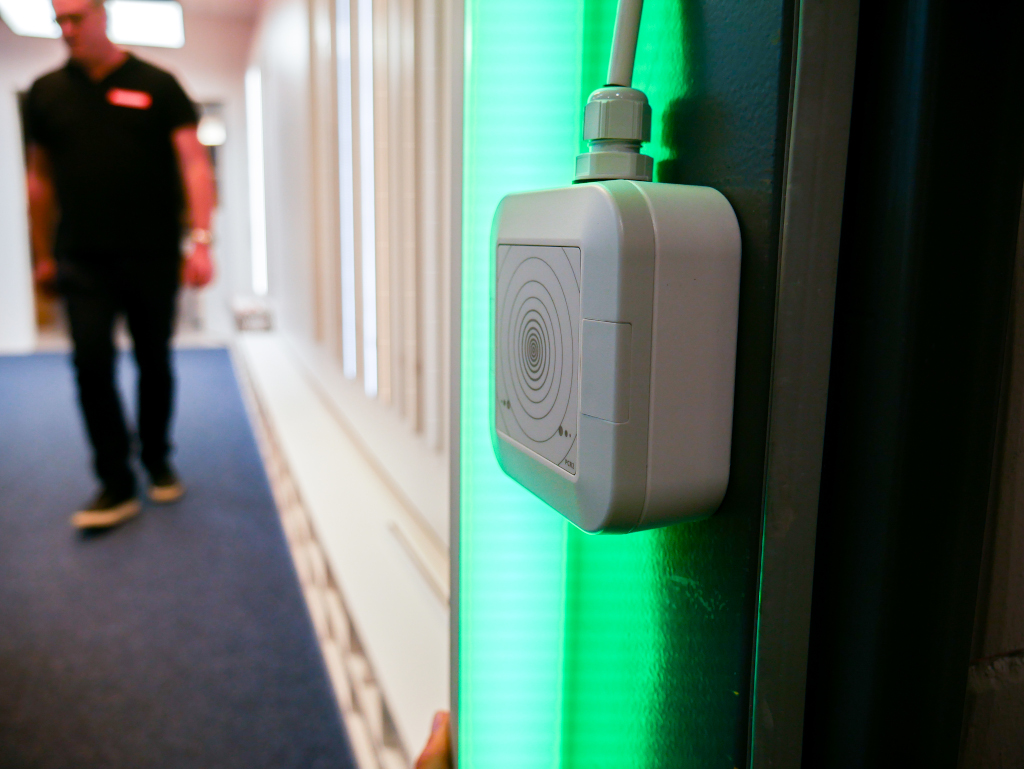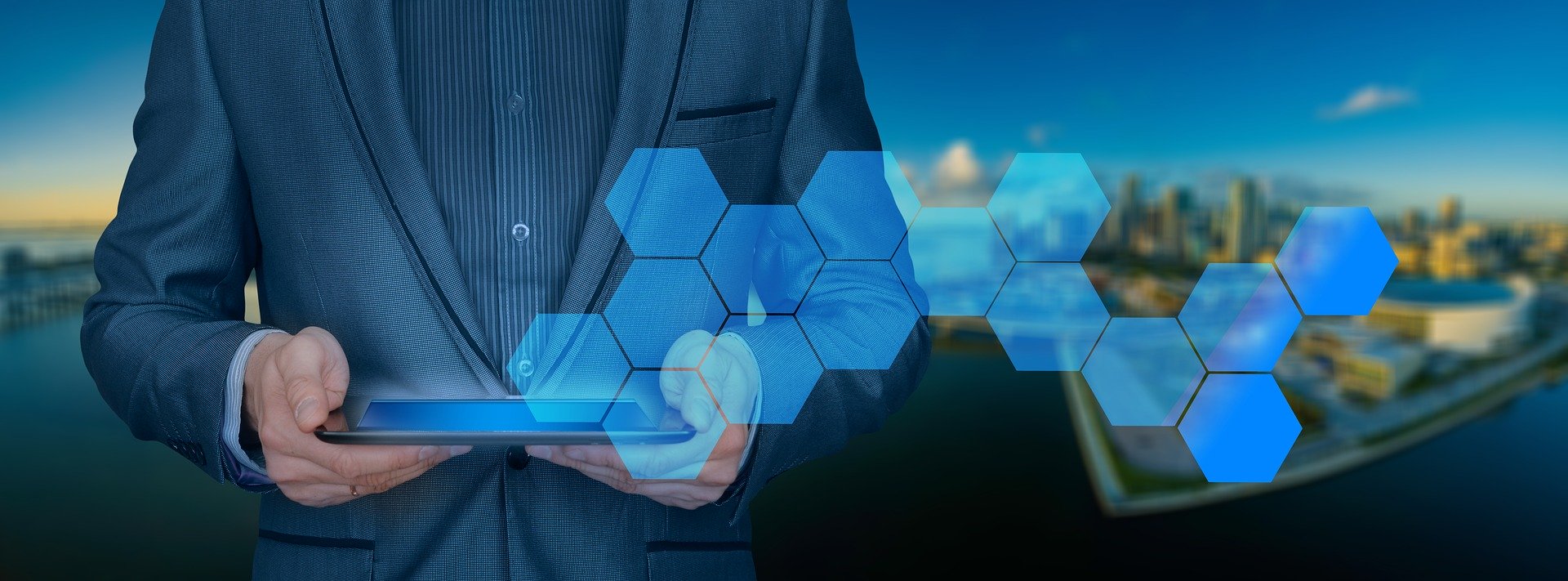LoRaWAN is a low power, long range network enabling cost effective monitoring solutions. So what does that mean for businesses and councils as they work to return to normal during this covid-19 pandemic and beyond. We will explore how a LoRaWAN network works, practical examples of the benefits to businesses and the benefits to councils.
LoRaWAN networks are based around gateways which are connected to a power source and an internet connection. Outdoor gateways have a coverage of several miles and one gateway can have 1000’s of sensors connected to it. The sensors are battery powered, often with 3-5 years battery life, depending on use. This means you can monitor many assets or environmental factors in a secure and cost-effective way. So what does this mean for businesses….
The benefits for businesses
Many businesses in the retail and hospitality sector, such as shops and pubs or restaurants, are facing challenges in managing the new capacity issues needed for social distancing rules to be applied in their buildings. LoRaWAN indoor bi-directional people counting sensors can be used at doorways to count people in and out of the building with one sensor per entrance. This sensor can be linked to a light to show red when at capacity and green when people can enter. This will provide an easy visual prompt for people to follow as businesses begin to open again in this new Covid normal.

Once you have access to a gateway, businesses can tap into LoRaWAN technology as a low-cost solution to monitor many other assets to provide efficiency cost savings and enable early intervention in problems reducing repair costs. Examples of this are:
Temperature and humidity sensors in refrigerated storage areas which can be set to provide alerts when this temperature goes above a set threshold. This enables the problem to be identified and fixed before causing the perishable stock ruined and need to be written and unable to be sold.
Waste level sensors can be monitored to provide efficiencies so that the removal of waste can be removed as needed so you do not pay for unnecessary removals but equally you do not have problems with waste overflow. Where this is currently being monitored manually this will provide time efficiencies.
Office or building temperature can be monitored to provide efficiencies in heating and air conditioning so the heating is only used when needed but equally the temperature is kept at a suitable level to ensure staff are comfortable. You can also monitor carbon dioxide levels to ensure airflow is managed to keep conditions at a level where people are comfortable and able to focus and work well. This can improve team productivity and staff wellbeing.
Water systems can be monitored to ensure that the temperatures are kept at the correct levels to prevent legionella risks. They can also be monitored for leak detection so that you can pick up leaks when they are small, making them cheaper to repair and prevent them causing damages.
In server rooms the conditions need to be managed to prevent data loss in businesses. With water leak detection, temperature and humidity levels being monitored you can be alerted as soon as the conditions pose a risk to the servers enabling you to intervene before the servers are damaged and the critical business data and files are lost.
These are just a few examples of how LoRaWAN sensors can provide security and efficiencies within a business setting. If you do not currently have access to a gateway, then you can purchase an indoor gateway to provide coverage within your building. If you would like to discuss how LoRaWAN could provide efficiencies for your specific business please contact us on 01208 811277 or email office@verfacil.co.uk.

The benefits for councils
The technology can bring efficiencies to cities and towns as well as businesses. For councils wanting to introduce smart city initiatives the potential is great. Once you have installed the network using gateways there are many efficiencies that can be made. Just a few examples of this are:
Usage of public assets – outdoor bi-directional radar people counters can provide you with the data to see how many people are using parks and other public spaces or buildings. This can enable you to make well-informed decisions which areas are providing the best service to the public. You could also receive alerts if these areas are entered when they are closed, meaning you can deploy security staff more efficiently.
Smart Parks – as well as using people counting sensors to monitor their usage soil moisture sensors can provide valuable data for the management of parks. This irrigation to be done only when needed potentially reducing costs and water wastage. This can help to ensure that parks provide a great service and greenspace for the public.
Smart bins – using LoRaWAN level sensors to monitor bin levels would mean you could manage the emptying of them more efficiently. You would be able to manage it so that they are only emptied when needed rather than on a set schedule regardless of whether they are full. This would also mean that where bins are full they can be emptied before they overflow and cause complaints from the public. It will also provide you with data to support decision making on waste management facilities in public areas.
Smart street lights – sensors can be installed to manage street lights based on light levels and using people counting sensors so that they are only on when people are needing them. This could provide efficiencies in cost and environmental impact of street lighting.
Greenhouse gas emissions – You can monitor the greenhouse gas emissions using LoRa enabled sensors to see the impact of policies to reduce emissions on each of the greenhouse gases. This will provide ongoing data to monitor trends and help drive decision making in this critical area.
Monitoring conditions – Managing resources is critical for many councils. Monitoring temperature, rainfall, surface water levels and noise levels as well as greenhouse gas emissions can help to provide data for decision making around the best use of resources and monitor the impact of any action taken.
These are just a few examples of how LoRaWAN sensors can provide cost effective solutions to bring efficiencies to councils and smart city and town projects. If you would like to know more about how to introduce LoRaWAN networks and sensors in your towns and cities, please contact us on 01208 811277 or email office@verfacil.co.uk.

